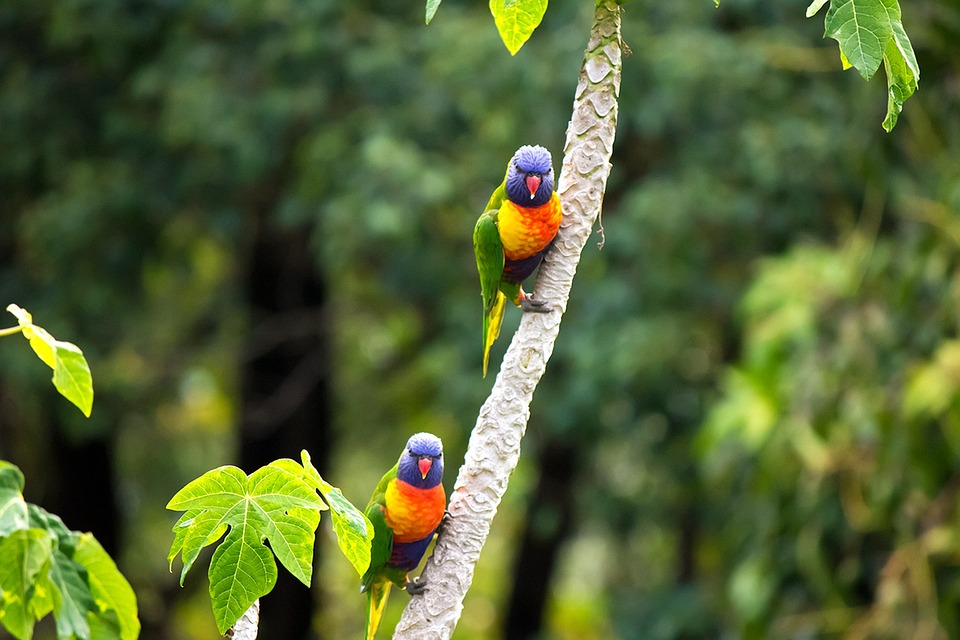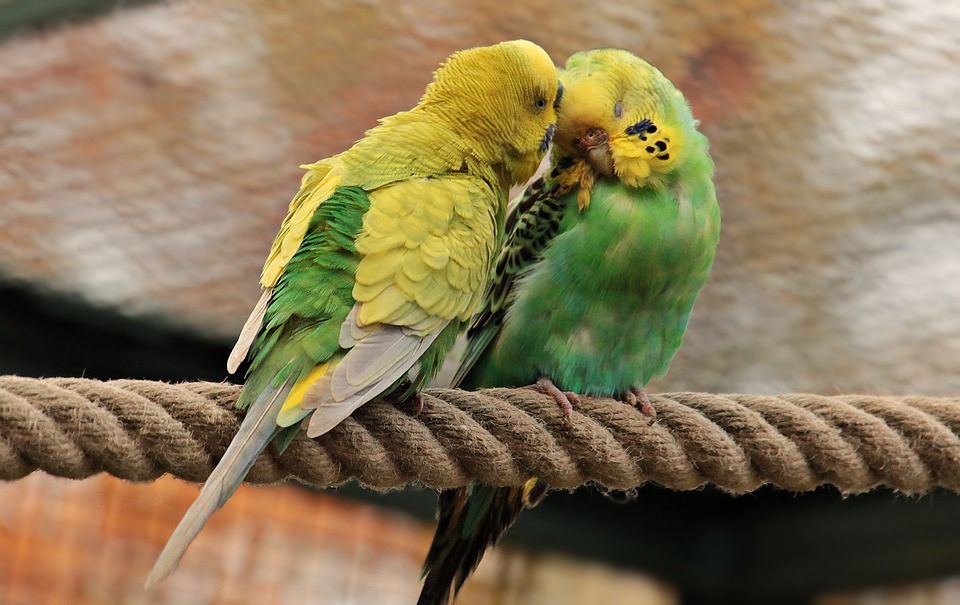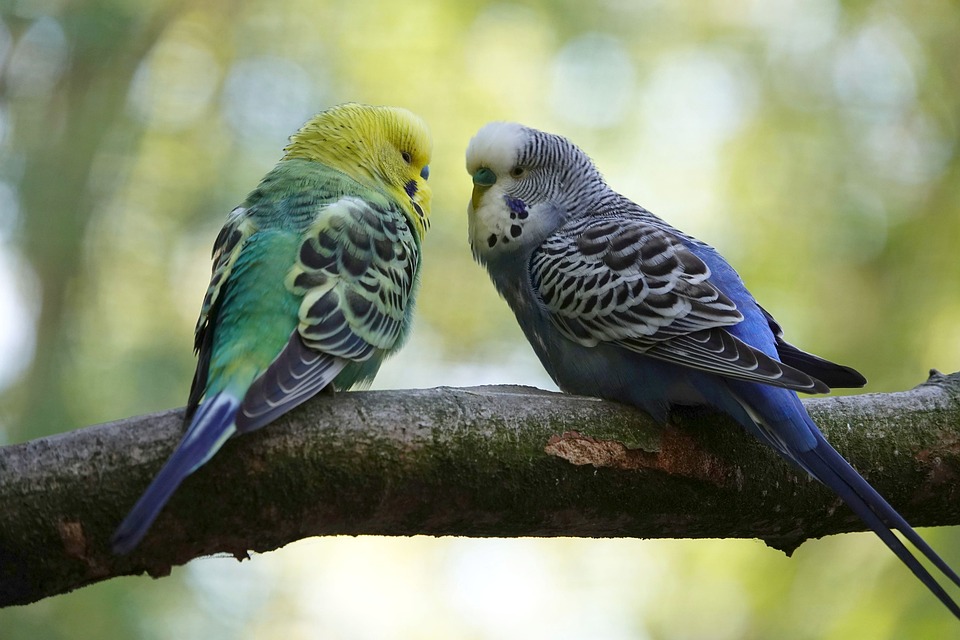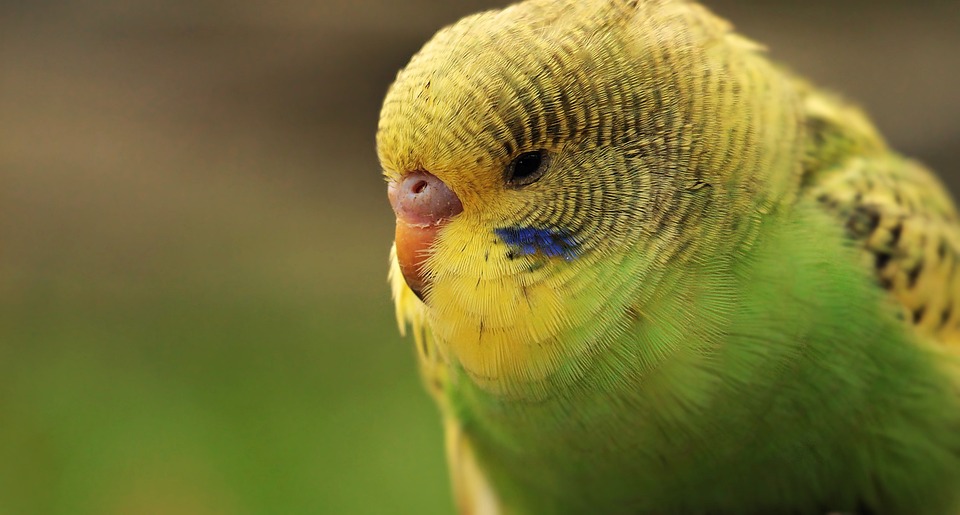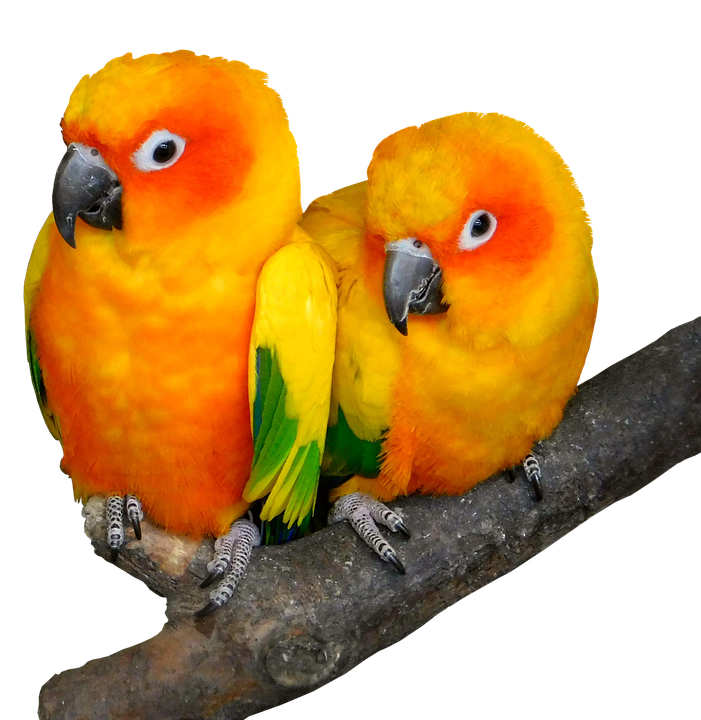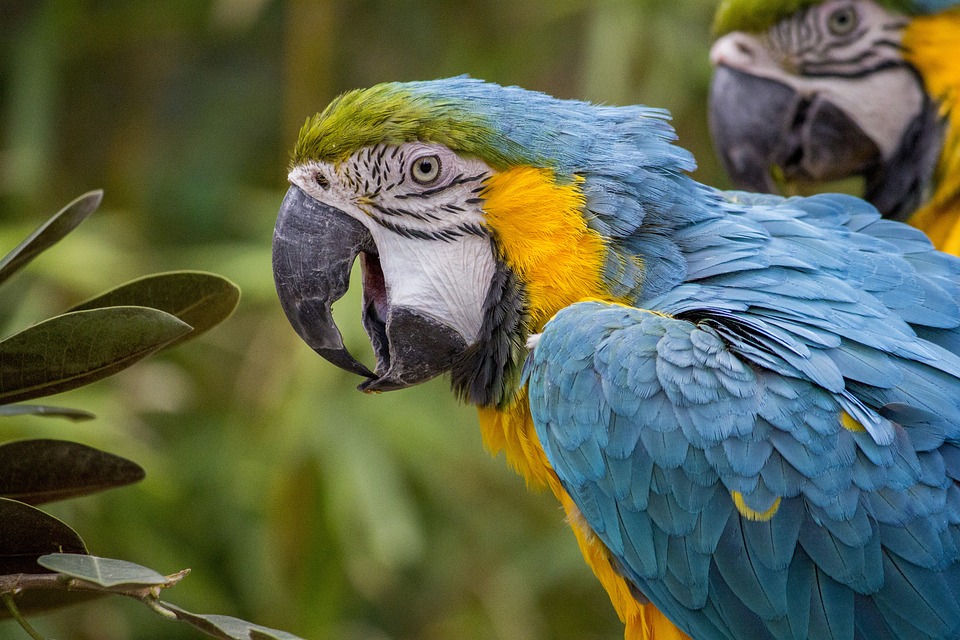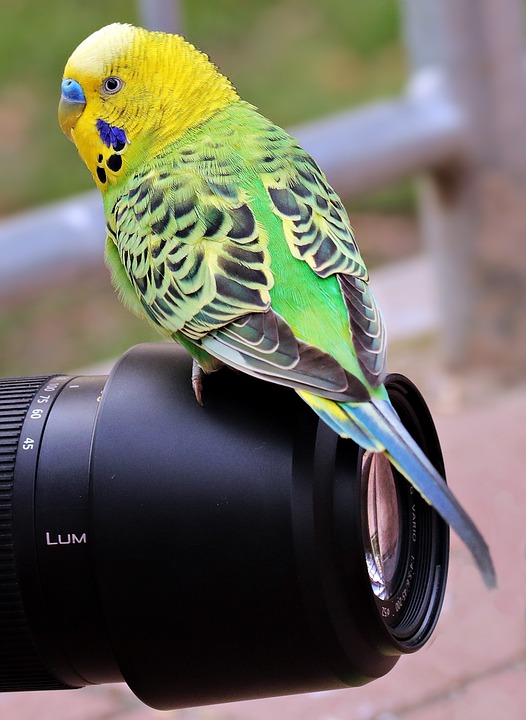Parrots are intelligent and fascinating creatures, but they can sometimes exhibit behavior problems that leave their owners puzzled. Understanding parrot behavior is crucial for ensuring their well-being and happiness. This article aims to unravel the mystery of common parrot behavior problems, their causes, and potential solutions, so that parrot owners can establish a harmonious relationship with their feathered friends.
Firstly, it is important to understand the complexity of parrot behavior. Parrots are unique in their nature, with highly developed cognitive abilities and social needs. They require regular social interaction with their owners and other birds to thrive. Lack of socialization and isolation can lead to behavior issues such as excessive screaming and vocalization.
Enrichment and mental stimulation also play a significant role in parrot behavior. Parrots are natural problem solvers and need mental challenges to keep them engaged and prevent boredom. Without proper mental stimulation, they may develop destructive behaviors such as feather plucking and self-destructive behavior.
Common parrot behavior problems include excessive noise-making, feather plucking, aggression and biting, and fear and anxiety. Excessive noise-making can be caused by boredom or a need for attention. Understanding the different vocalizations and their meanings can help owners address this issue effectively.
Feather plucking is a serious problem that can result from stress, boredom, or medical conditions. Identifying the underlying causes and implementing techniques such as providing a stimulating environment and consulting with an avian veterinarian can help prevent and treat feather plucking.
Aggression and biting can be triggered by fear, territoriality, or hormonal changes. Positive reinforcement training techniques and seeking guidance from an avian behaviorist can assist in managing aggressive behavior.
Fear and anxiety are common in parrots and can be recognized through their body language. Creating a safe and comforting environment, gradual desensitization, and positive reinforcement training can help alleviate fear and anxiety.
In the FAQ section, common questions about parrot behavior problems are addressed. Explanations and solutions are provided for issues such as excessive screaming, feather plucking, aggression, and fear. It is emphasized that punishment is not recommended and that positive reinforcement techniques should be used to encourage desired behaviors.
In conclusion, understanding parrot behavior and addressing common behavior problems are essential for fostering a strong bond with these intelligent creatures. Seeking professional guidance from an avian veterinarian or behaviorist is important for resolving severe or persistent behavior issues. With patience, love, and a well-informed approach, parrot owners can establish a harmonious and rewarding relationship with their feathered companions.

